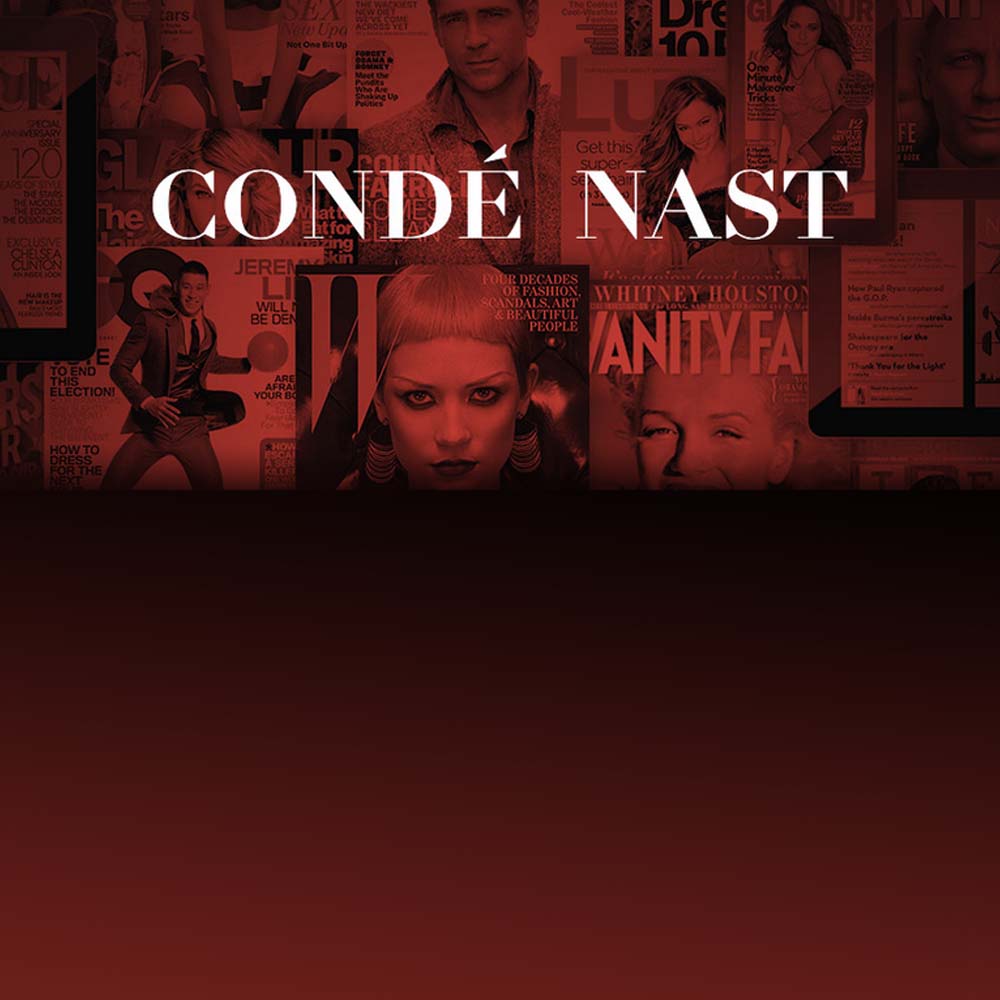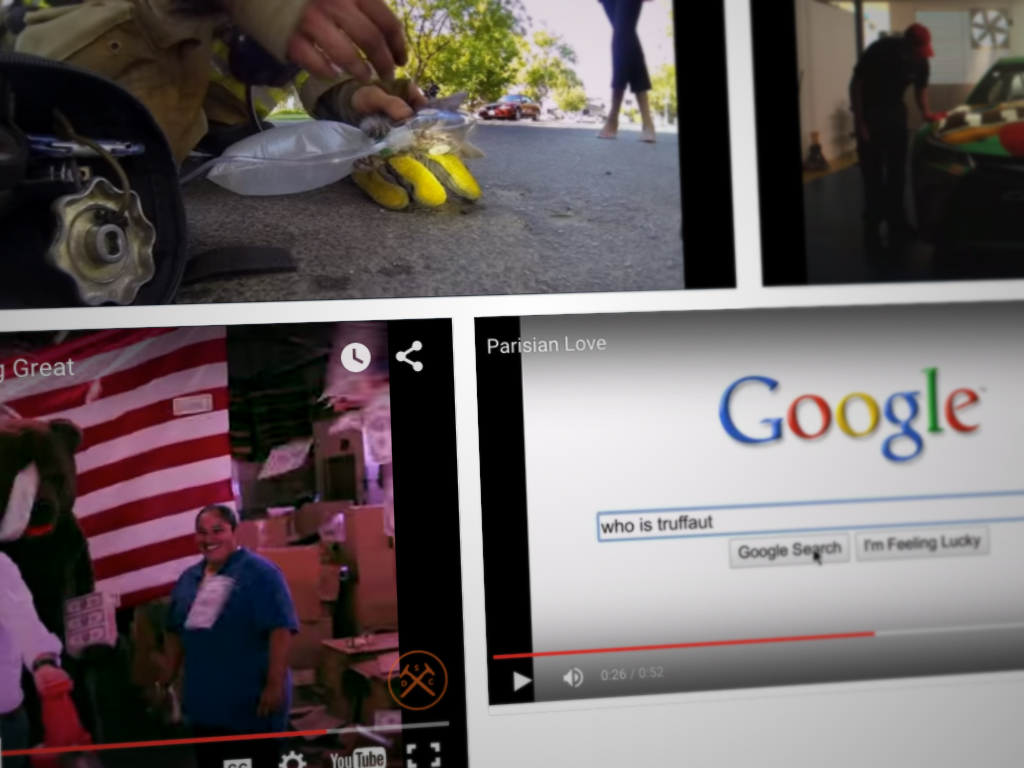Mashable Founder and CEO Pete Cashmore says technology is changing content creation and can help brands better reach – and cater to – their audiences with artificial intelligence (AI) and native advertising.
The last decade has seen huge advancements in digital and social, including the launches of Facebook, Reddit, Twitter, MakerBot, Bitcoin and Kickstarter.
But, during a Social Media Week panel, Cashmore said it is the debut of the iPhone that is likely the single-most significant moment of the last 10 years, calling it “a thing we’ll never see again in this lifetime.”
Smartphones have clearly had huge implications for both publications like Mashable and commercial brands alike. And while Cashmore notes that consumers alive today may never again see anything as big as another smartphone launch, other technological developments to look out for include self-driving cars and AI.
Predicting The Next Big Story With AI
Mashable has been using AI for several years, which Cashmore said is “very big in journalism now and what helps us stay ahead.”
Specifically, Mashable uses AI in its Velocity algorithm, which, per a blog post, “scours the social web, collecting lots and lots of data around how people engage with published articles.”
According to Cashmore, Velocity can actually determine what will be the next big news story eight hours in advance. Per the post, it debuted in 2013 and coincided with a site redesign. And, over the next few years, Cashmore said data scientists did natural language processing to enable Mashable to look across the entire Web to get a better picture of what’s going to be big next:
“The audience wants to not necessarily know what just published, but what’s the next big story,. So it goes from real-time news to predictive news – ‘This will blow up.’”
And now brands can benefit, too, which comes in handy for marketers looking for their own Oreo Super Bowl moment and/or who want to give their real-time social media war rooms a little extra fire power during big events.
“We’ve licensed the platform to brands, [so they can determine what] is going to be the big story at the Oscars, so they can tweet about it or have a reaction ready,” Cashmore said.
Velocity tackles “the acceleration in the news cycle and the trend toward more algorithm use in content creation,” which, Cashmore said, is particularly useful for teams that need to do video production so they “can be on the trend rather than behind.”
However, journalists and brand ambassadors worried about losing their jobs after further developments in AI needn’t fear, at least per Cashmore. He said it’s unlikely the entire content creation process will ever be fully automated as humans are still best to write because they provide an actual voice and can instill elements like humor:
“You have the algorithm do the grunt work that you wouldn’t want to do anyway. Editors are consuming and making big decisions, but it comes back to the human voice. There’s nothing worse than services where a robot voice reads news or it is written in a voice that isn’t human.”
Going forward, Mashable plans to continue improving the algorithm and to spin out new versions, which includes determining not only what news will go viral, but who it will go viral with, he said.
This, he said, will be useful for brands trying to appeal to specific demographics as it will show what’s going to be big for 18- to 25-year-old males in the UK, for example.
Telling Stories With Native Advertising
In addition to predictive algorithms, Cashmore said native advertising is also a growing part of Mashable’s business as the industry moves into an era of video consumption and media companies make more video.
“I think there’s been a lot of confusion around the wording [of native advertising] and around what it is and there were some early examples of [brands and publishers] not doing it right, but we’re kind of past that stage,” he said.
For example, a hotel brand can sponsor Mashable’s travel channel, but that hotel doesn’t dictate the content that goes into it, Cashmore said. However, as the industry moves more into video, he says it’s likely there will be more sponsored channel-specific content.
“I think that in the broader spectrum, what we do is tell stories and brands want to tell stories and in a way that is clear they want [consumers] to like them and don’t want [consumers] to feel tricked,” Cashmore said. “The conversation on native will keep growing and will be a positive thing and a better thing for consumers and advertisers and, as we move into the video era, it will be easier to say, ‘Brought to you by this group,’ and provide more clarity.”
Develop A Broad Base Of Traffic Sources
Cashmore warns against relying too heavily on certain social networks for traffic.
“Some companies are completely optimized for Facebook, which sets them up for a fall if they completely rely on a certain type of headline,” Cashmore said. “If humans aren’t enjoying that, Facebook takes note of that and Google takes note and will stop showing it. It’s important for us to have a broad base…some of it is search, some of it is Twitter. We’re able to grow Pinterest and other networks in a big way.”
Cashmore said he doesn’t want more than 20 percent of traffic from a specific network.
“We don’t know where the winds might blow,” he said. “It’s key for any publication to have a broad base of traffic sources. You never want to be 100 percent reliant on one site.”


